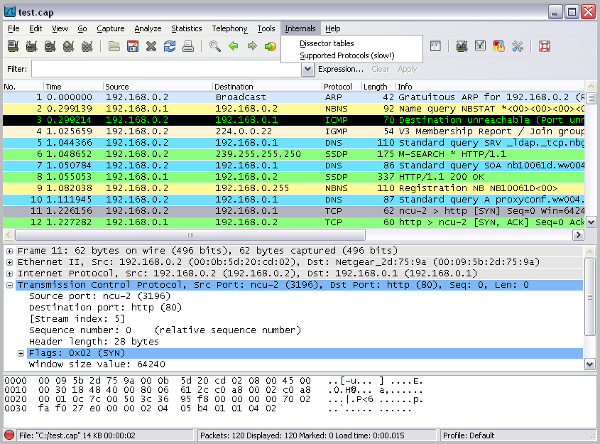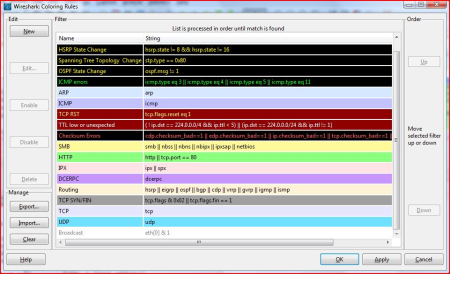
Plink.exe -ssh -batch -pw yourpassword "diagnose sniffer packet any 'not port 22' 3" > capture.txt | fgt2eth.exe -in capture.txt -out. Option 3 - Connect using one of the putty tools called plink.exe. The capture will only start when the RSA password is typed, so the ssh connection can be made. (echo diagnose sniffer packet any "not port 22" 3 ) | ssh -i rsakey.ppk -tt > capture.txt | fgt2eth.exe -in capture.txt -out. Option 2 - Connect using Windows 10 Native ssh client and RSA keys. The capture will only start when the admin password is typed, so the ssh connection can be made. (echo diagnose sniffer packet any "not port 22" 3 ) | ssh > capture.txt | fgt2eth.exe -in capture.txt -out.

Open an MS-DOS Command prompt and make sure the c:\tools or the folder in which files were saved previously is chosen.
plink.exe ssh 1 - Connect using Windows 10 Native ssh client. This step is required 1 time only per Fortigate. Run the commands for the 1st time to accept and add the ssh fingerprint. ppk file to c:\tools to simplify the commands. Configure and deploy ssh RSA keys (optional) - Save. Download plink.exe if one doesn't wants to use the Windows native ssh client (optional) Save it to a local folder like c:\tools for example. Save it to a local folder like c:\tools for example. Download fgt2eth.12.2014.exe and rename it to fgt2eth.exe. The commands below use SSH to connect to the FortiGate back-end and send the sniffer command piping the output to a local file which must be converted using the fgt2eth tool before being sent to Wireshark in the right format.Īlthough this technique is quite simple to use, pre-configure the environment is needed by following the steps below: On windows you can either direct the UDP packets to your usual network interface, or find a guide on how to install the loopback adapter and sniff the packets on that at 127.0.0.1 (you will probably have to install npcap library instead of the usual pcap library if you want to do this.This article demonstrates how to send 'diagnose sniffer packet' output directly to Wireshark for real-time capture and troubleshooting purposes on Windows 10. Any of the automated builds created after 1st Jan 2018 contain built in support for dissecting the messages from the command line sniffer server above. It will then send the received 802.15.4 packets encapsulated inside a UDP message to the IP address of your choice (127.0.0.1 by default).ī) Added support for the sniffer server packet encapsulation format to Wireshark. Use this command line utility with an eval board or module programmed with the NXP sniffer binary provided in the SDK's. 
I got frustrated with the lack of support for wireshark with JN51xx sniffers, so I wrote:Ī) A command line sniffer server, available here: Since NXP don't support it, I added it myself:






 0 kommentar(er)
0 kommentar(er)
